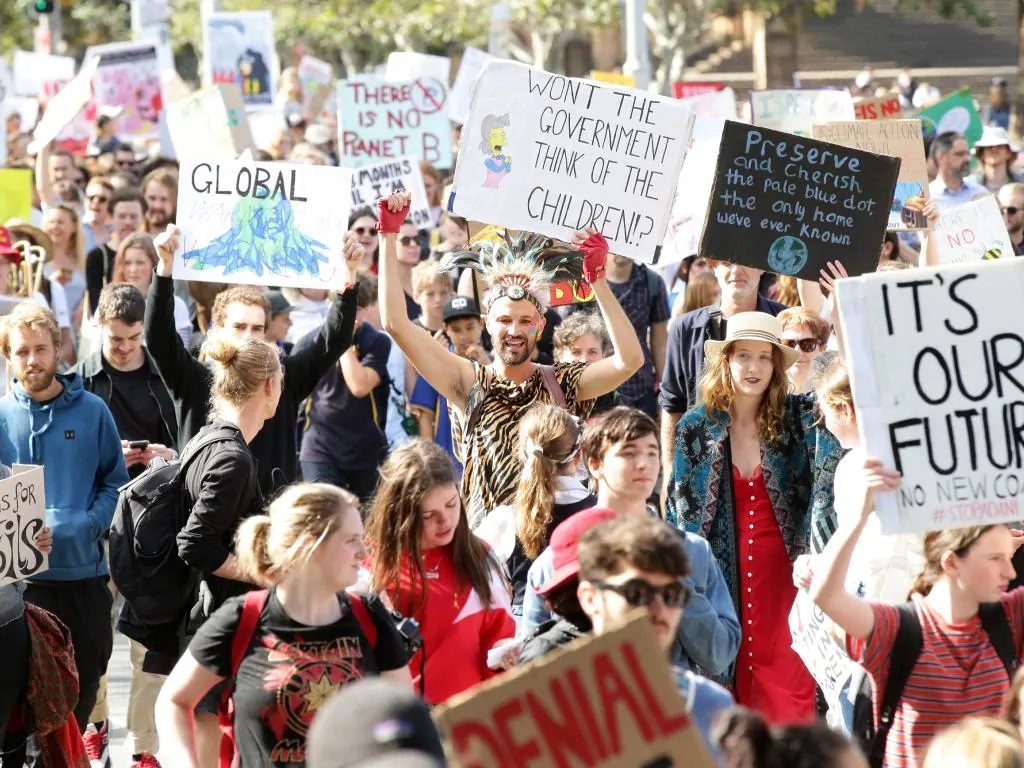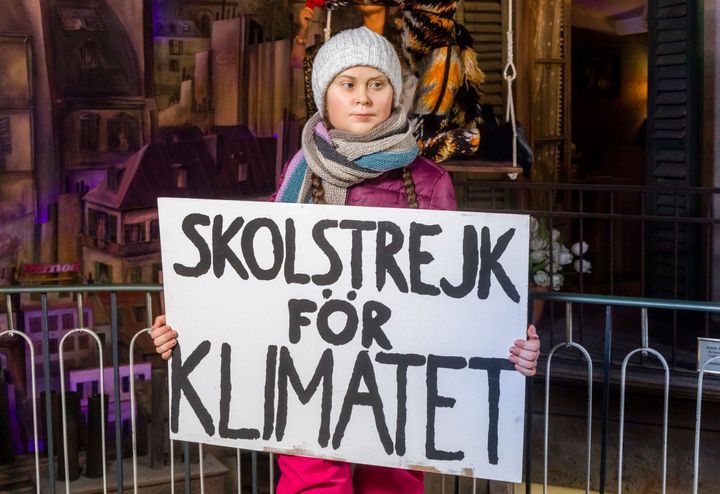MikeJoseph82, the first thing to do is to research the reality of this supposedly free green energy. Fundamentally, we are talking about solar power and wind power. First point to make is solar cells are full of toxic chemicals and based on actual usage figures only a short lifespan. Originally these things were touted to have a 20-25 year life, but many panels are failing in as few as 5 years and more generically around 10 years. They also suffer a slow degradation in performance over time. So big problem, how to dispose of them after they die. Second on an industrial level, they require huge amounts of space and we have been seeing in the EU and Asia sites where hundreds of hectares of trees are cleared to make way for solar farms. Makes no sense. Third, they only operate intermittently, when the sun is shining. Rain, clouds, and night time all stop them working. Wait I hear you say, lets use batteries to collect excess power and to run the grid when they are not working. Well, to date the biggest tesla battery so far manufactured is installed in South Australia, at a cost of some millions. It only sustains the grid for 4 minutes before it is exhausted. The reality is that solar panels work OK in a domestic environment, but even then, don't provide sufficient power to run everything in a home long term.I believe I'm on the same side as most here towards my feeling about the false prophet. But it's possible I have a contradictory feel about some aspects - particularly the push for green energy. And like all my posts, I am open to be corrected.
To me, the idea of green energy, which uses the natural elements of our planet (solar, wind, tidal, geothermal) is appealing for a few reasons. Firstly, it's abundant; infinite from a human lifetime's perspective and theoretically free (if installation and maintenance were free). Secondly if not yet, could eventually become advanced enough, that it's clean. That is, no polluted air to breathe in, and/or less degradation to the natural environment via less open cut mining and sea drilling. Thirdly, it's allows for comparatively quiet operations - including modes of transport that currently use combustion engines. If there was a choice between dirty and clean, quiet and noisy, expensive and cheap, I would pick the best of each of those options.
Then there are the wonders of wind turbines. First, you can't make these things without fossil fuel - large quantities of steel, fibreglass, concrete etc are required to make them, huge cranes to install them, oils and grease to lubricate them. Short lifetime and then the problem of what to do with the fiberglass blades. Then there are the issues of ELF waves, perpetual noise and the ability of these monstrosities to be the primary killer of the earth's birds of prey, the apex predators of the bird world. NExt issue, is that they operate in a rather narrow wind speed range. Too slow, blades don;t turn, too fast the turbine has to be shut down to protect the mechanism and to prevent spikes in the grid.
So while wind and sun may be abundant, (maybe not so much when the solar minimum strikes and the cold sets in), our ability to harness that in an efficient, environmentally friendly manner is just not here.
IF we then move to consider electric vehicles, then the same sort of issues arise. Production depends on availability of rare earth minerals, the vehicles are full of plastic to make them light (no fossil fuels, no plastic); range is severely reduced in the cold; they are expensive; calculations suggest that if the majority of peopler ina city moved to EVs, the grid would crash, unless everybody only charged their cars using overnight charging. Then, what happens when the power is off, as happened in California recently. No fit for use, not green, and only affordable if the government subsidies their sale and purchase.
There are tons of articles on SOTT and a number of threads here on the forum. Some judicious use of the search function should help you draw some different conclusions to those you currently are entertaining,





 In twenty years, what now registers as an extreme heat wave will likely be the norm. By 2045, more than three hundred thousand U.S. homes will be lost to encroaching oceans; by 2100, a trillion dollars worth of real estate will be lost in the U.S. alone. As atmospheric carbon levels rise, plants produce more sugars and fewer nutrients—by 2050, vegetables will be turning into junk food. There’s a huge overlap between things that wreak havoc on the climate and things that serve a materialist version of the good, comfortable life: meat-eating, air-conditioning, air travel. “It’s a basic part of being human that our minds frequently deal with competing interests—that’s how defense mechanisms are formed,” Salamon said.
In twenty years, what now registers as an extreme heat wave will likely be the norm. By 2045, more than three hundred thousand U.S. homes will be lost to encroaching oceans; by 2100, a trillion dollars worth of real estate will be lost in the U.S. alone. As atmospheric carbon levels rise, plants produce more sugars and fewer nutrients—by 2050, vegetables will be turning into junk food. There’s a huge overlap between things that wreak havoc on the climate and things that serve a materialist version of the good, comfortable life: meat-eating, air-conditioning, air travel. “It’s a basic part of being human that our minds frequently deal with competing interests—that’s how defense mechanisms are formed,” Salamon said.